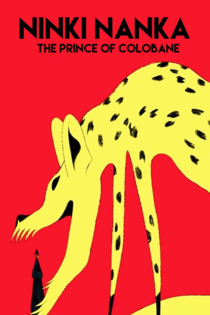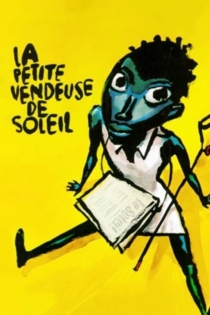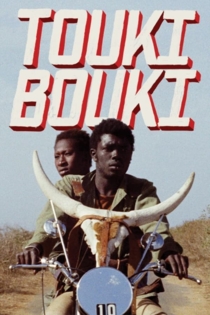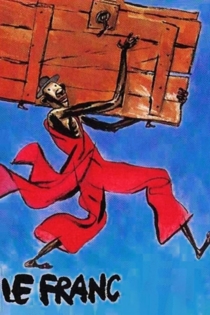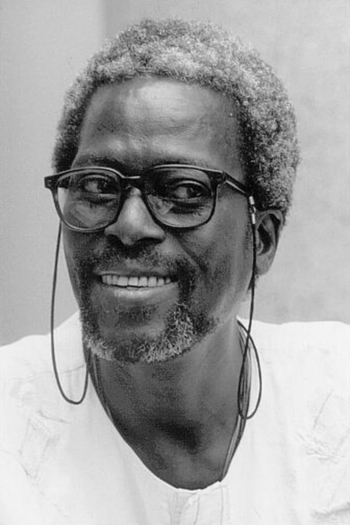
Djibril Diop Mambéty
1945 - 1998Dix mille ans de cinéma
Balufu Bakupa-Kanyinda
David Achkar, Mambaye Coulibaly
This documentary offers the reflections of filmmakers shot at FESPACO 1991. Djibril Diop Mambéty, David Achkar, Moussa Sene Absa, Mambaye Coulibaly, Idrissa Ouedraogo, Mansour Sora Wade... express their faith in the eternity of African cinema.
10,000 Years of Cinema
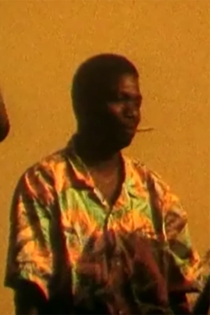
Contras' City
Djibril Diop Mambéty
Inge Hirschnitz, Djibril Diop Mambéty
A fictional documentary that portrays the city of Dakar, Senegal, as we hear the conversation between a Senegalese man (the director, Djibril Diop Mambéty) and a French woman, Inge Hirschnitz. As we travel through the city in a picturesque horse drawn wagon, we chaotically rush into this and that popular neighborhood of the capital, discovering contrast after contrast: A small African community waiting at the Church's door, Muslims praying on the sidewalk, the Rococo architecture of the Government buildings, the modest stores of the craftsmen near the main market.
City of Contrasts
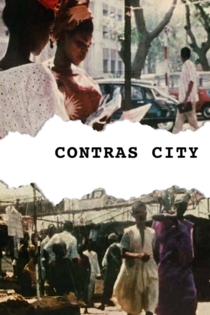
Parlons grand-mère
Djibril Diop Mambéty
Idrissa Ouédraogo
Djibril Diop Mambéty followed and filmed the shooting of Yaaba, Idrissa Ouédraogo's second feature film. A documentary full of humorous anecdotes regarding the dangers of shooting in Burkina Faso.
The Making of Yaaba
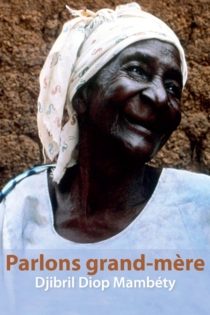
Mambéty
Papa Madièye Mbaye
Djibril Diop Mambéty
Senegalese director Djibril Diop Mambéty, one of the greatest figures in all of African film, died in 1998. In this behind-the-scenes documentary, shot during the making of his final work, The Little Girl Who Sold the Sun / La petite vendeuse de soleil, Mambéty speaks with his technicians, prepares the actors, talks with his young star, and, in voiceover, shares his thoughts on cinema and life.Mambéty doesn't differ significantly from the stock "behind-the-scenes" documentaries that adorn most DVDs nowadays, except that Mambéty's films have scenes you actually want to be taken behind. Because of the kind of attention that gets paid to African cinema, there's an initial intrigue to Mambéty, but that interest is sustained by Mambéty's own lyrical insights into his aesthetics.
Mambéty
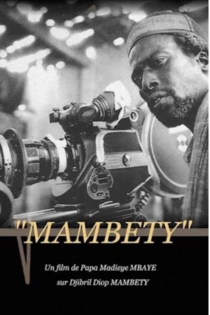
Ninki Nanka, The Prince of Colobane
Laurence Gavron
Djibril Diop Mambéty
In April and May 1991, Djibril Diop Mambéty shot his second—and final—feature, Hyenas, a free, lyrical adaptation of Friedrich Dürrenmatt’s play The Visit, which he had been dreaming of bringing to life for years. Rather than taking the making-of approach, Ninki Nanka, The Prince of Colobane used the filming of Mambéty’s movie, which he wrote, directed, and acted in, as a pretext to examine his character. Following him throughout the shoot and also paying visits to his family and childhood friends, Laurence Gavron set off on a quest to find the real Djibril—actor, author, filmmaker, brilliant poet, rogue and clairvoyant, charmer with a big heart—in order to expose the different facets of this generous, creative, and fiercely committed vagabond spirit.
Ninki Nanka, The Prince of Colobane
